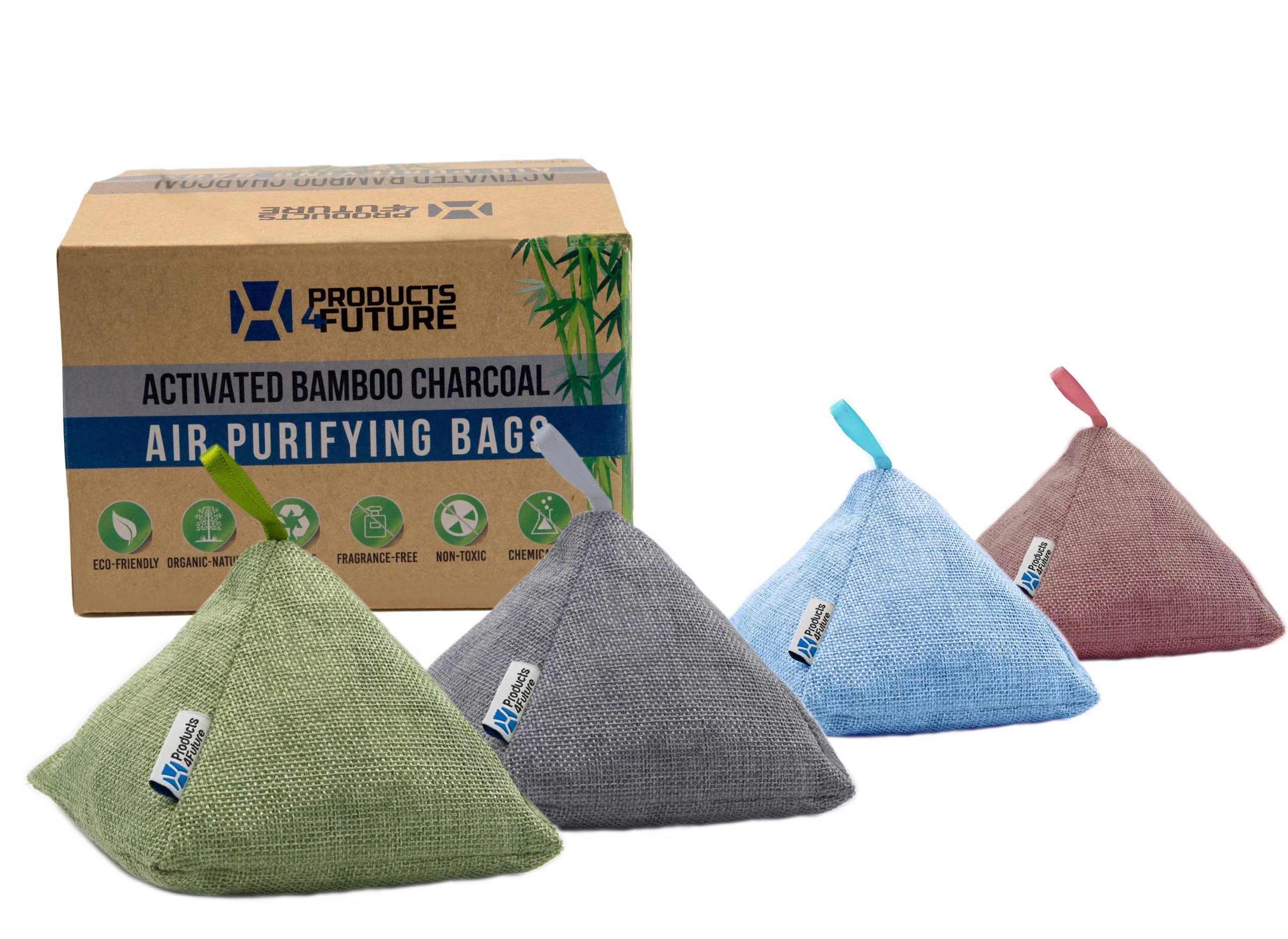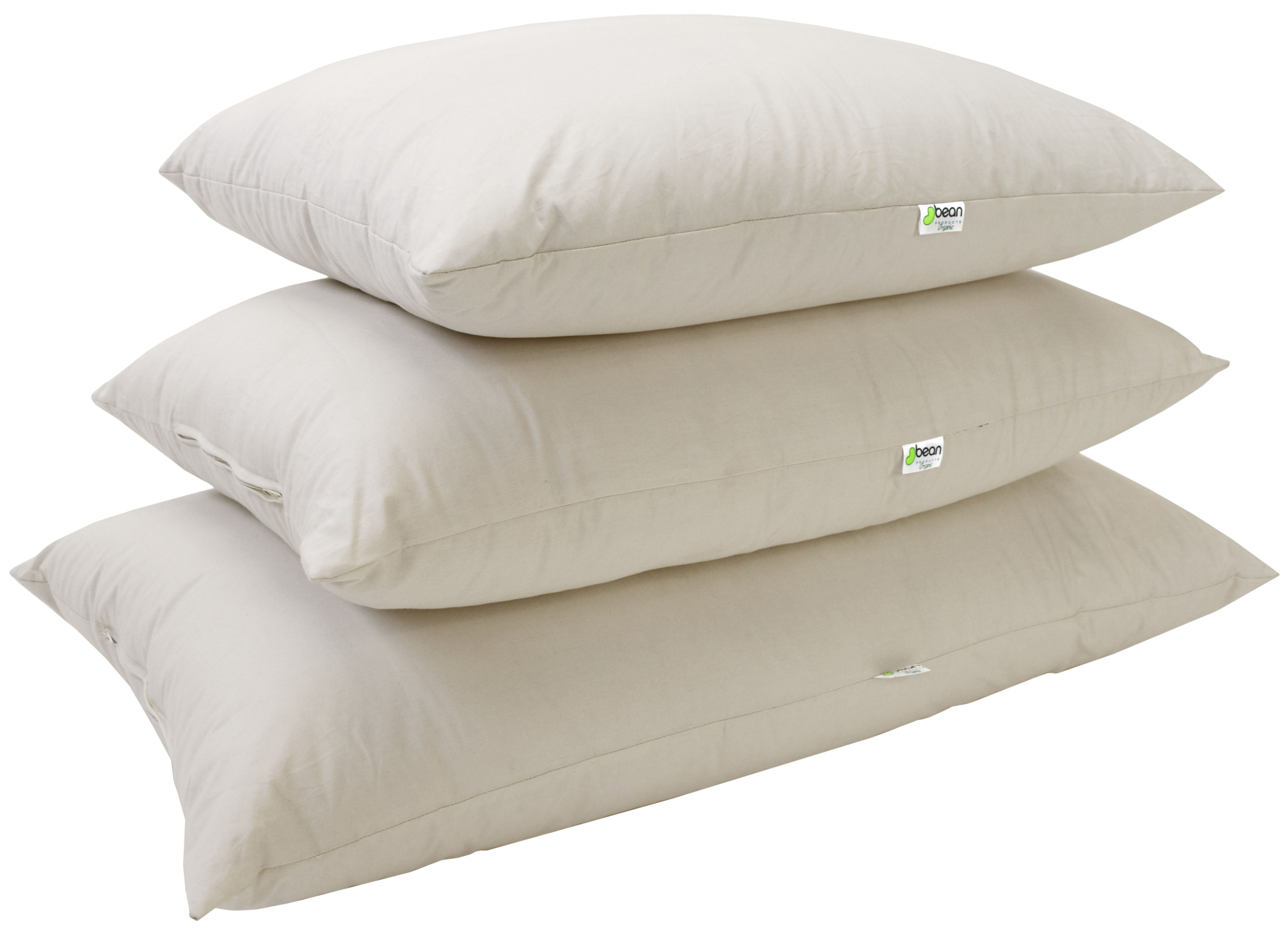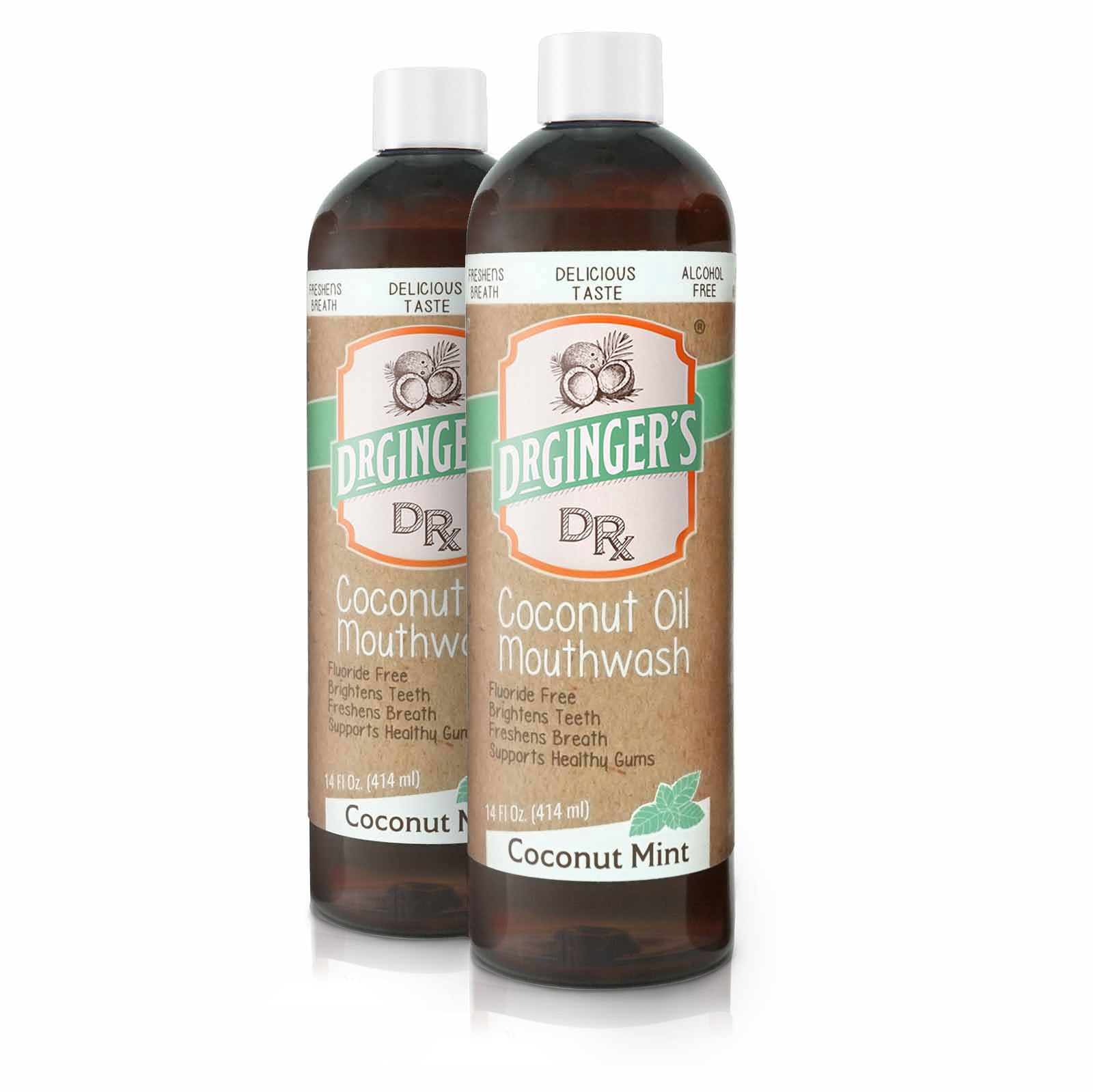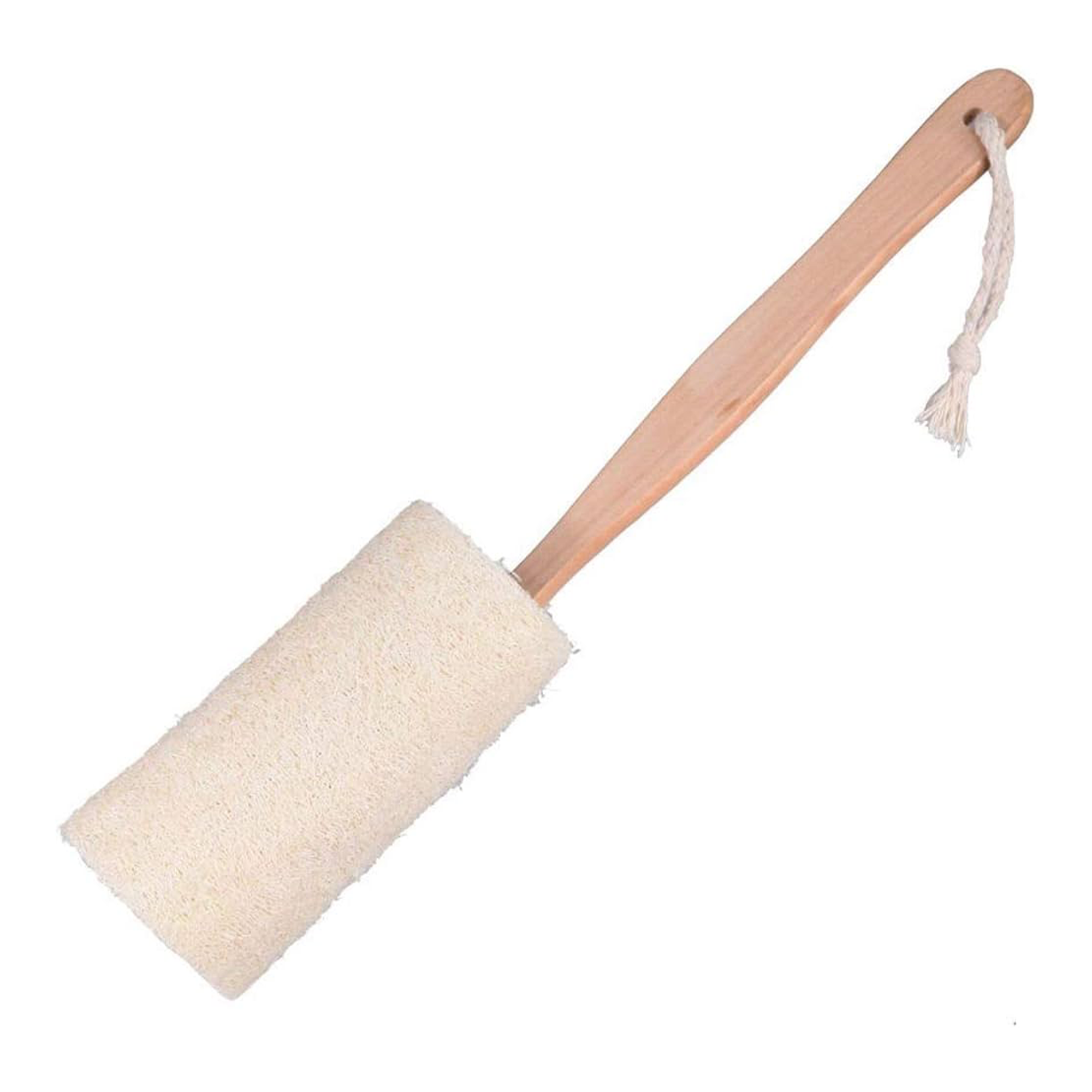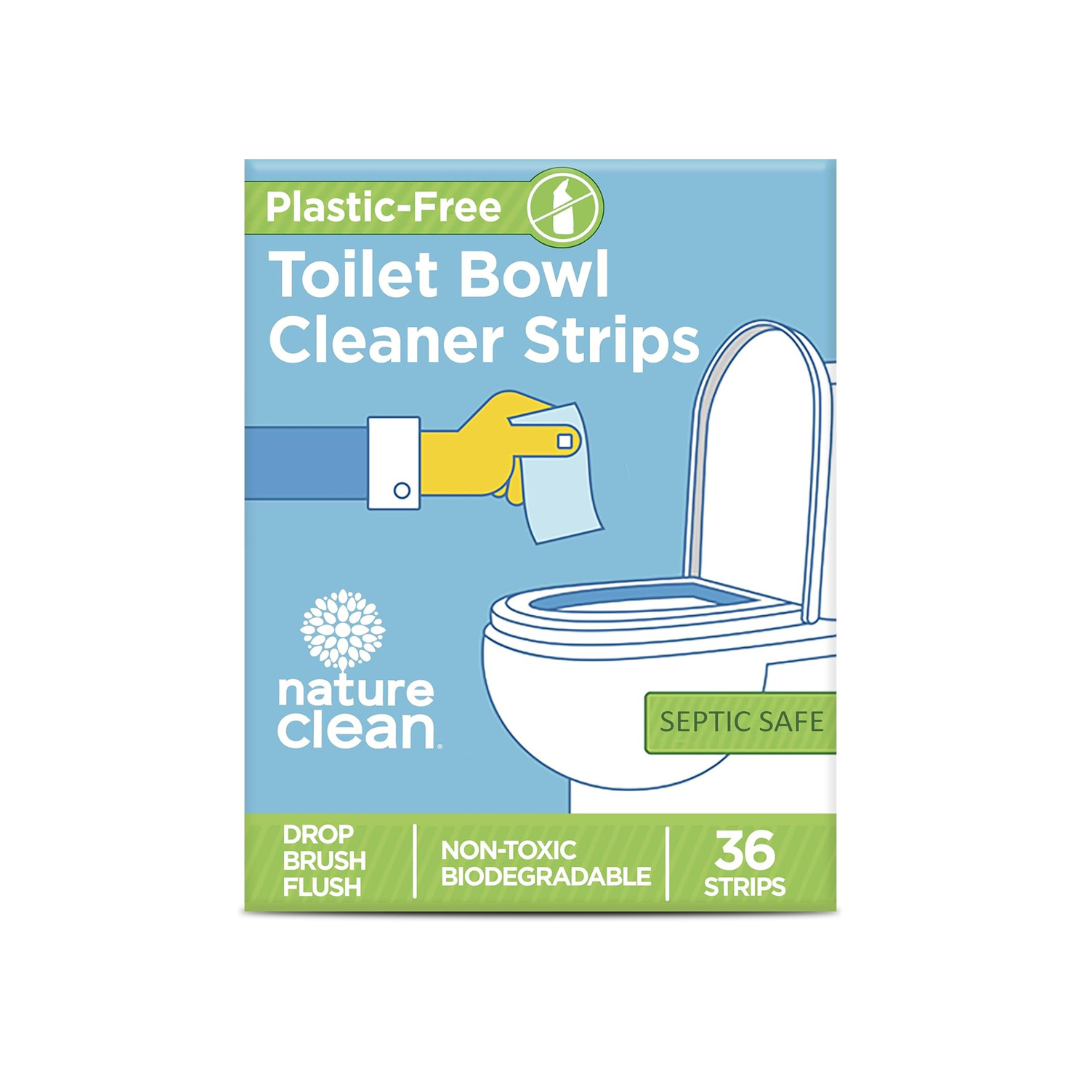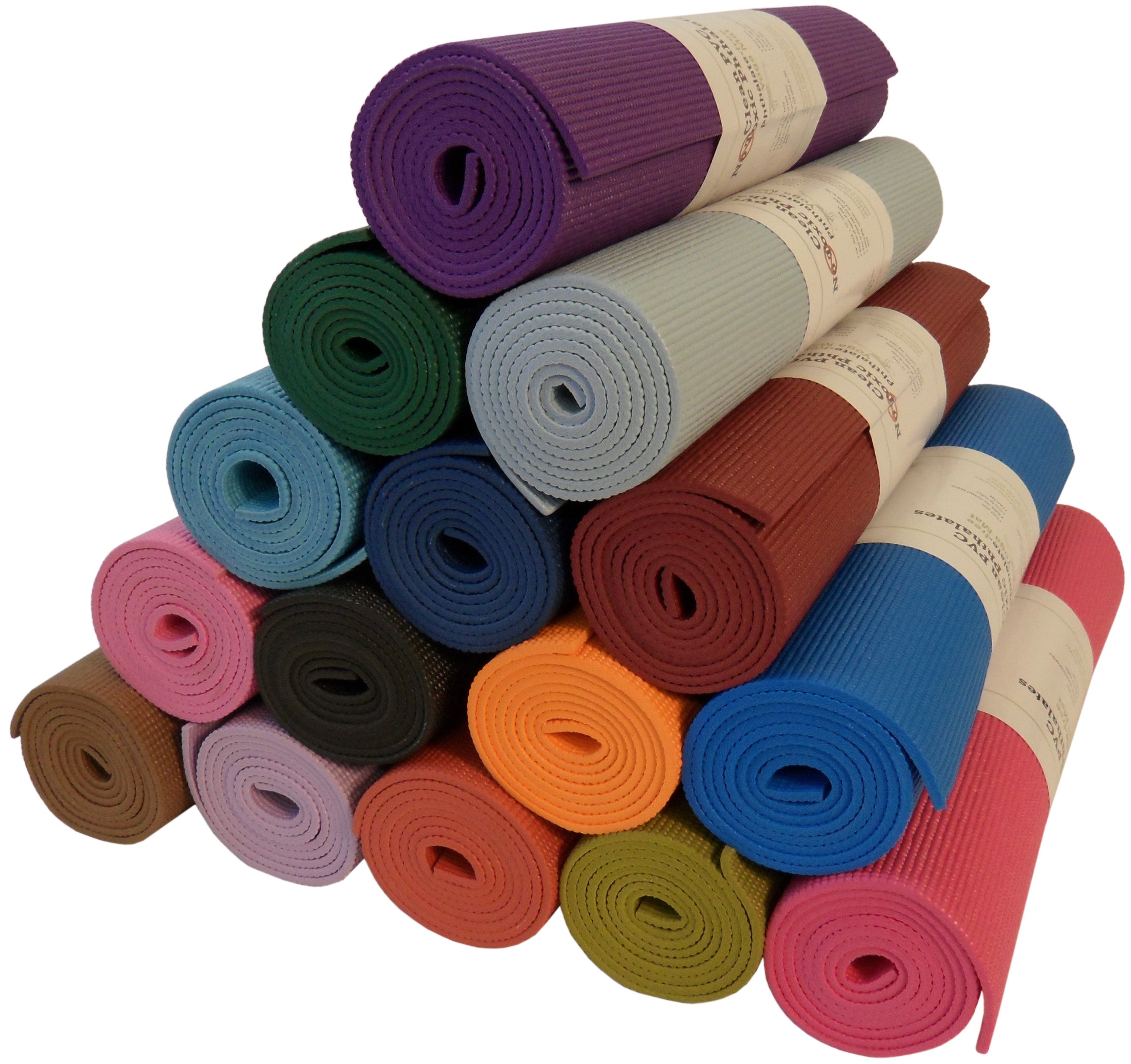Energy consumption is a major global issue with significant environmental, economic, and social implications. At the household level, the energy we consume for heating, cooling, lighting, and operating appliances not only leads to higher utility bills but also contributes to global challenges such as climate change, air pollution, and resource depletion. By adopting more sustainable energy practices, we can help mitigate these impacts, preserve natural resources for future generations, and create a healthier living environment for our families.
This blog aims to:
-
Educate you on the fundamentals of energy consumption and its environmental impacts.
-
Provide practical strategies for reducing household energy use.
-
Introduce sustainable technologies and habits that can be easily implemented.
-
Empower you to make informed decisions that align with sustainable living principles.
By the end of this blog, you will have a clearer understanding of how your energy choices affect the world around you and how you can take control of these choices for the betterment of the environment.
What is Energy Consumption?
Energy consumption refers to the amount of energy utilized by specific processes, devices, or systems. In the context of a household, this includes the energy used for appliances, heating and cooling systems, lighting, and electronic devices. Energy is measured in kilowatt-hours (kWh), a unit that represents the energy usage of a device consuming 1000 watts over one hour.
How Energy Consumption Impacts the Environment
Every kilowatt-hour of electricity generated and used typically involves the burning of fossil fuels, such as coal, oil, or natural gas, which are major sources of carbon dioxide (CO2) and other greenhouse gases. These emissions trap heat in the atmosphere, contributing to global warming and climate change. Furthermore, energy production and consumption contribute to air and water pollution, habitat destruction, and biodiversity loss.
By understanding these impacts, we can see the direct connection between our home energy use and global environmental issues. This knowledge is the first step towards making changes that lead not only to cost savings but also to a more sustainable and responsible way of living. The following sections of this blog will guide you through various strategies and solutions to help you effectively manage and reduce your household's energy consumption.
The Household Energy Overview
Energy usage in homes varies significantly based on factors like location, size, design, and the habits of residents. However, understanding common sources and how they contribute to your energy bill can help you make informed decisions to reduce consumption.
Common sources of energy in homes:
Electricity: This is the most common energy source for lighting, appliances, and electronic devices in homes. It powers everything from washing machines to computers.
Natural Gas: Often used for heating and cooking, natural gas is favored for its efficiency and lower emissions compared to other fossil fuels.
Heating Oil and Propane: In areas where natural gas is not available, these fuels are commonly used for heating.
Renewable Energy Sources: Increasingly, homes are using solar panels, wind turbines, and geothermal energy to reduce reliance on fossil fuels and decrease environmental impact.
Breakdown of Average Energy Use in American Households
Heating and Cooling: Approximately 47% of energy consumption in U.S. homes is used for heating and air conditioning.
Water Heating: Around 14% of energy is used to heat water for showers, washing dishes, and other uses.
Appliances and Electronics: These account for about 13% of total home energy use.
Lighting: Consumes about 12% of a typical household's energy.
Other Uses: This includes outdoor lighting, small electric devices, and other miscellaneous energy draws.
Assessing Your Energy Footprint
Understanding your home's energy usage is crucial if you aim to cut back on consumption and make your lifestyle more sustainable.
How to Measure Your Home’s Energy Usage
Energy Bills: Start by examining your monthly energy bills, which provide insights into your pattern of energy consumption and can help identify periods of high usage.
Energy Monitors: These devices can be installed to track energy usage in real time. They provide detailed information about where and how electricity is being used in your home.
Home Energy Audits: Consider hiring a professional to conduct a home energy audit. They can assess energy inefficiencies and suggest ways to improve.
Tools and Technology That Can Help
Smart Thermostats: These devices allow for better control of heating and cooling, adjusting temperatures based on when you're home or away.
LED Lighting: Replace traditional light bulbs with LED bulbs that use at least 75% less energy.
Energy Star Appliances: When it's time to replace appliances, choose those that are Energy Star certified for maximum efficiency.
Smart Power Strips: These can cut power to devices when they are not in use, preventing energy waste from standby modes.
Renewable Energy Options for Homeowners
As middle-aged mothers looking to nurture not only our families but also the planet, exploring renewable energy options for our homes can be a powerful step towards sustainability. Shifting to renewable sources not only reduces our carbon footprint but also can offer long-term savings on energy bills.
Solar Power: Benefits and How to Get Started
Solar power is one of the most accessible and popular forms of renewable energy for homeowners. Installing solar panels can significantly reduce your reliance on grid electricity and lower your energy bills. The benefits extend beyond just economic savings; solar power is clean, produces no greenhouse gases during operation, and has a relatively small environmental footprint once installed.
To get started, assess your home’s solar potential (consider factors like roof space, orientation, and local climate), explore local incentives, and choose a reputable provider to conduct an installation assessment. Many regions offer tax credits, rebates, or other incentives that can help offset the initial costs of solar panel installation.
Wind Energy: Is it Feasible for Your Home?
Wind energy can be another excellent option, though it tends to be more site-specific than solar. Small-scale residential wind turbines require a significant amount of open space and are best suited to homes in rural or semi-rural areas that experience consistent wind speeds. If you're considering wind energy, start by measuring the wind resource in your area with an anemometer to ensure it's sufficient to justify the installation costs. Local zoning laws and community standards might also influence your ability to install a wind turbine, so make sure to conduct thorough research or consult with a professional.
Other Renewable Sources: Geothermal, Hydro, and More
Geothermal energy systems use the earth's constant underground temperature to heat and cool your home, offering a highly efficient alternative to traditional HVAC systems. While the upfront installation can be costly, the long-term savings and low maintenance can make it a viable option, especially in areas with extreme climates. Micro-hydro power, another less common residential renewable energy source, converts the energy of flowing water into electricity. It’s most feasible for homes with access to a continuous source of running water, and like wind energy, it requires specific conditions to be economically viable.
Conclusion
In embracing a sustainable lifestyle, each small step we take can lead to significant environmental benefits. By considering renewable energy options like solar, wind, geothermal, or hydro power for our homes, we not only invest in the health of our planet but also in the future of our families. To explore more about how you can make these eco-friendly changes, visit Flora, where you can find a wealth of resources and products designed to help you live sustainably. For more detailed guides, tips, and the latest news in sustainability, be sure to check out our Flora Blog. Start your journey towards a greener home today and join a community committed to making a difference!




